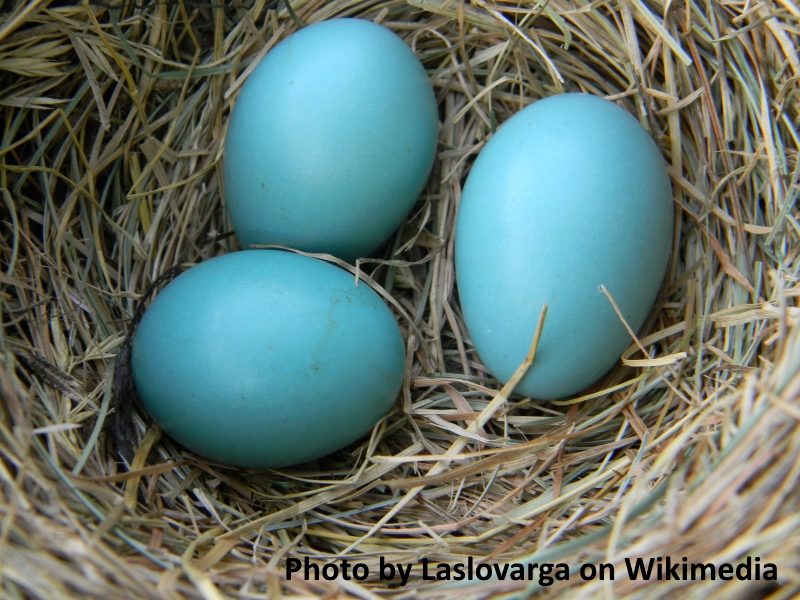On some still ponds in an area which was used for military training during WW2 and then became a clay pigeon shoot, a gold sheen appears during the summer months. It disappears when disturbed only to re-appear if left alone. I have not seen it anywhere else. It could be that material was buried here at the end of the war which could provide a special environment due to leakage, of, for example, phosphorous, which I know was used to make anti-tank bombs. I suspect a micro organism of some sort but what?
To follow this topic, click here.



I think this could be due to iron oxidizing bacteria. A petroleum based pollutant would flow together when disturbed rather than breaking up. And bacterial sheens are often rust colored.